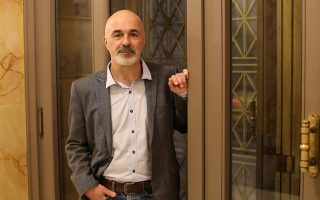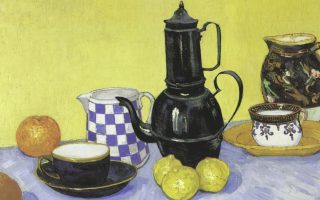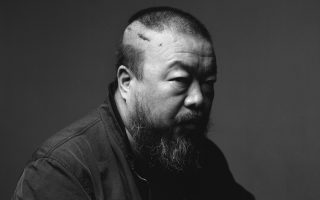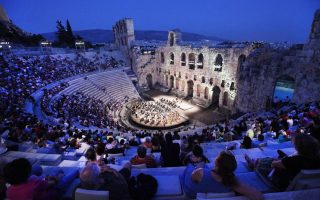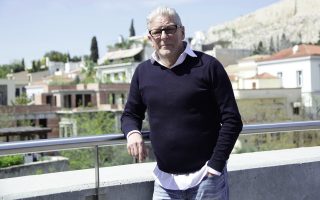Greek heads Switzerland’s ECAL design school
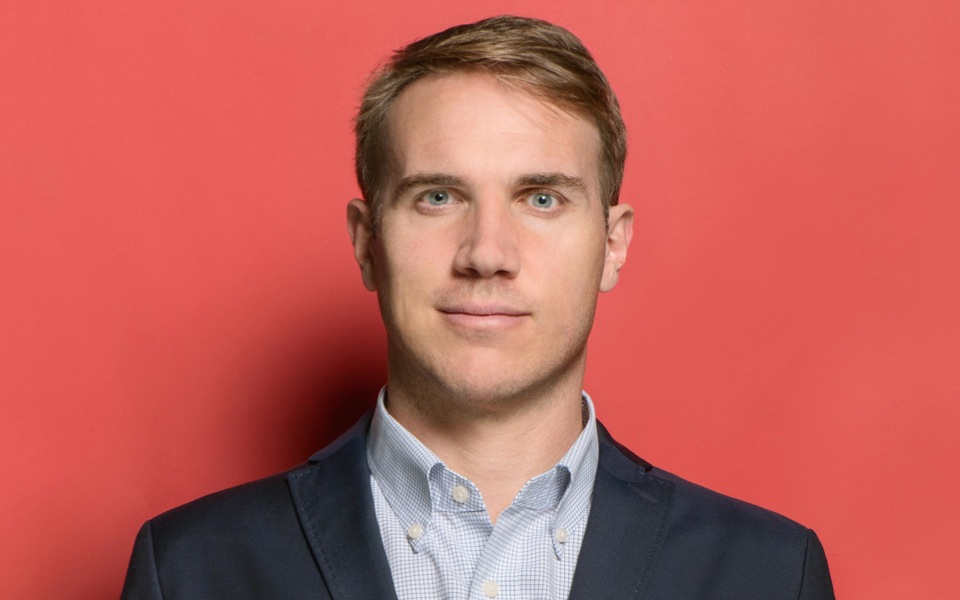
Back in 1994, Alexis Georgacopoulos left Athens for the Ecole Cantonale d’Art de Lausanne, aka ECAL, now one of the world’s top art and design schools. Five years later, he graduated from the school’s industrial design department, while in 2000 he became the department’s director. Georgacopoulos kept that position for the next eight years, before taking over the entire Swiss state university in 2011.
The highly successful 39-year-old designer, whose minimalist and humorous works have gone on display at leading museums, lives in Lausanne with his French pediatrician partner and their 18-month-old son.
Born in Athens in 1975, Georgacopoulos graduated from the Lycee Franco-Hellenique Eugene Delacroix in Aghia Paraskevi, northern Athens. His Greek father is a lawyer, his French mother is an interior designer, while his jewelry designer sister, Melanie, also lives abroad.
Did you grow up in a creative environment?
My parents were very open toward the arts. They let us express ourselves creatively and gave us their backing when we decided to turn to creative professions.
How did the idea of getting into design come to you?
Even as a child I enjoyed observing objects. I used to dismantle devices to see what was inside. I wasn’t quite sure what I wanted to do after high school, but I knew I wanted to follow a career combining design with the use of materials. In the mid-1990s industrial design studies courses were scarce in Greece, while the country did not have an industry to match. That’s when some Swiss family friends suggested ECAL.
A design school which you took over at the age of 34. That must have been an unexpectedly joyful development.
Yes, given that certain positions are usually taken over by older people.
That is not the kind of thing that would have happened in Greece.
Nowhere, really. But it’s beginning to change. The problem is that these positions usually go to people who have no connection with the school’s subject – usually people with an economics or law background or from the marketing world. Thankfully, all ECAL department heads know their subjects very well.
How did a Greek rise to the position of director at one of the world’s leading art and design schools?
Today’s ECAL is very different from the days when I was a student. Back then the school didn’t have the same reputation as it does today. It had fewer buildings, departments and students [who currently number 600]. Pierre Keller, who was appointed director in 1995, gave the school new impetus. He modernized it, hired younger and foreign teaching staff. He advised me to teach before taking over the industrial design department. The issue of his replacement surfaced in 2011 and it was important for his successor to carry on the work he had begun. After discussing it with him, I applied for the job, and after appearing before two committees (school and ministry), I got the job.
During your tenure you have succeeded in making the school more outward-looking while at the same time striking a balance between the departments. What are your next goals?
There is always something new to work on. There is always room for improvement, whether this involves students being absorbed in the professional arena, improving a department or organizing a top-level seminar.
Would you encourage young Greeks to leave their homeland?
Luckily I did not leave Greece because things were bad. While giving advice is hard, what I can say is that anyone leaving the country must be very sure of their choice. Many Greeks aren’t able to make friends and settle in the place they are studying or working in and are tortured by homesickness. In that way, though, they are neither here nor there. Anyone who leaves must make a very conscious decision.
Do you have any advice for those wishing to apply to ECAL?
Generally speaking, we are looking for something very straightforward: curiosity and the desire to learn something. We also like our students to be up to speed and aware of why they want to attend a school such as ECAL.
What makes ECAL so special?
We encourage creativity and crazy ideas, but we also make sure we give our students a strong basis. Another important element is that we don’t just stick to theory; we have close ties to the market and its ways. Our aim is to work together with various companies and institutions.
Do your director duties leave any room for creativity?
Not a lot, but I don’t feel a void. I express my creative ideas through the school’s management. Of course I do maintain some collaborations with designer companies.
What are the virtues of a well-designed object?
It depends on the reason behind its design. An everyday home appliance must demonstrate good functionality. If it’s slightly different on an aesthetic level, so much the better. It’s preferable, however, for objects not to have a very strong personality or draw too much attention, as they operate better in space in this way.
What are you favorite design objects?
The Mayday Lamp designed by German designer Konstantin Grcic. It’s simple, flexible and has multiple uses. It looks like a tool. While it’s not a new design (it was designed in 1999), it has matured nicely. That’s another virtue: longevity.
Which school of design is your favorite?
The Memphis Group, a movement which appeared in Milan in the early 1980s, led by Ettore Sottsass. The team’s designers had a completely new aesthetic. They created slightly inelegant objects, aiming at going against the overall design trend of the time. Memphis is now making a comeback.
How are your ideas born?
It’s a mystery. I follow the product brief but try to give the product something different on the design level.
Do you prefer working on pieces for the home or for office use?
The distance between the office and the home is much smaller now. What is an office? A desk with a computer, something we all have at home. In the old days we didn’t work at home because we didn’t have the necessary equipment: a printer, a fax machine, a phone, a computer and so on. Now we have the homeoffice. People no longer need to move to another space to work, they can do it from home.
Is design aimed at the elite or is it part of today’s mass culture?
When people hear the word “design,” they think it has to do with a 10,000-euro sofa or a 3,000-euro lamp. All objects, however, even cheap ones, were designed by someone. What we find at IKEA, for instance, are pieces developed by designers who have studied, built careers, know their materials and how to use technology and so on. Objects and furniture do not appear out of nowhere. “Design” has become an adjective used to define something out of reach, peculiar. I don’t believe that’s the case; I think design is becoming increasingly democratic and broader. Then you also have good and bad design, and there’s enormous differentiation on that level.
You redesigned the traditional Greek wine carafe. Do you detect any “Greekness” in your work?
I have been inspired by Greece at times, but it’s not something I do consciously. I don’t use the idea of Greekness as any kind of creative motto.
This interview first appeared in Kathimerini’s K magazine.
